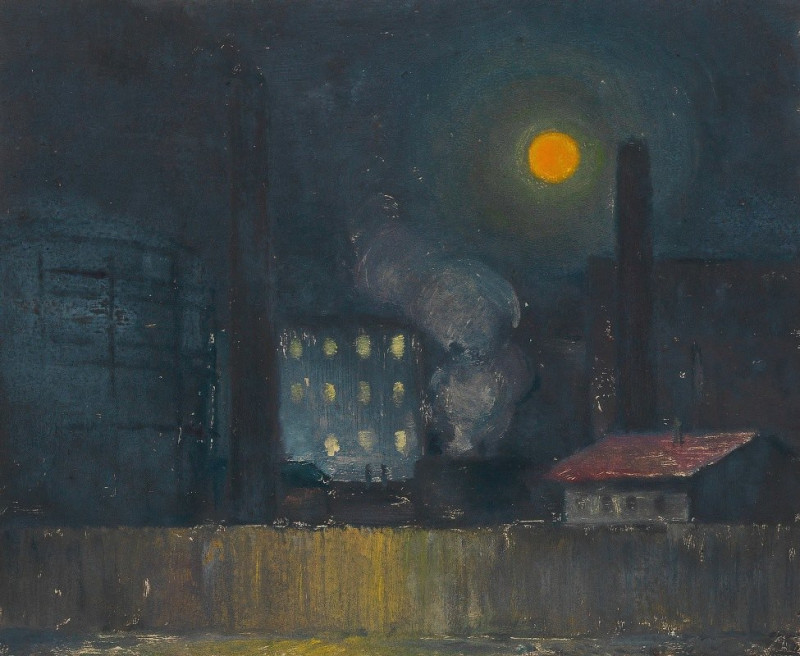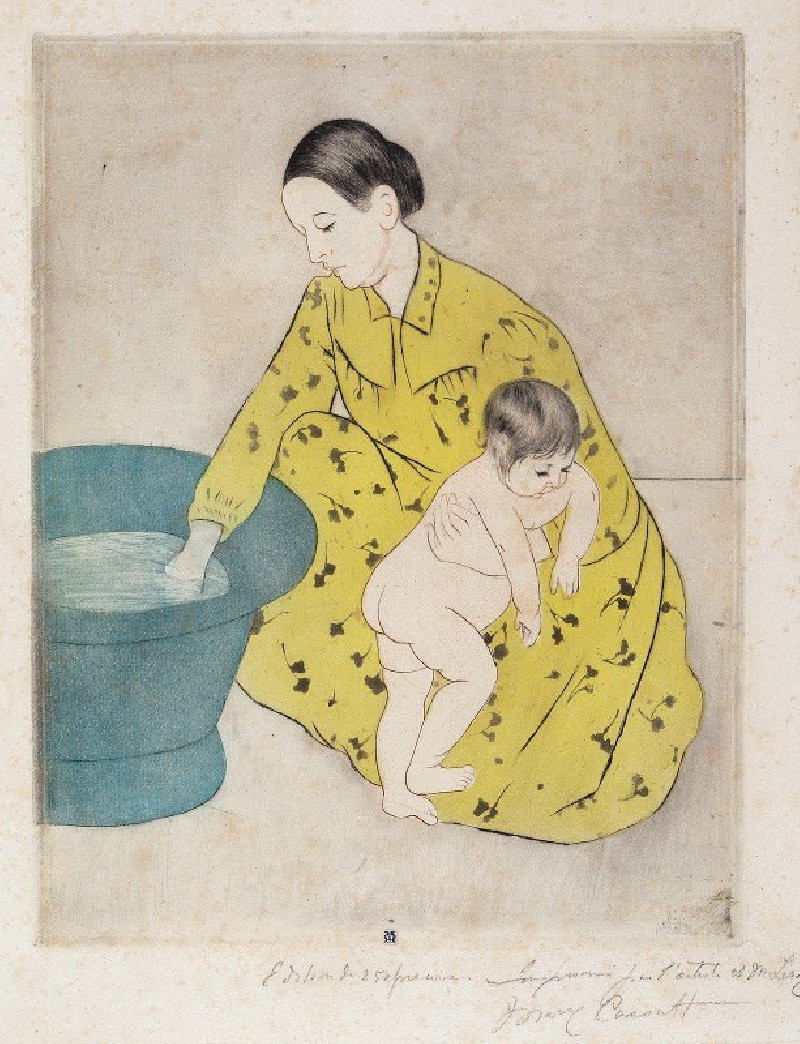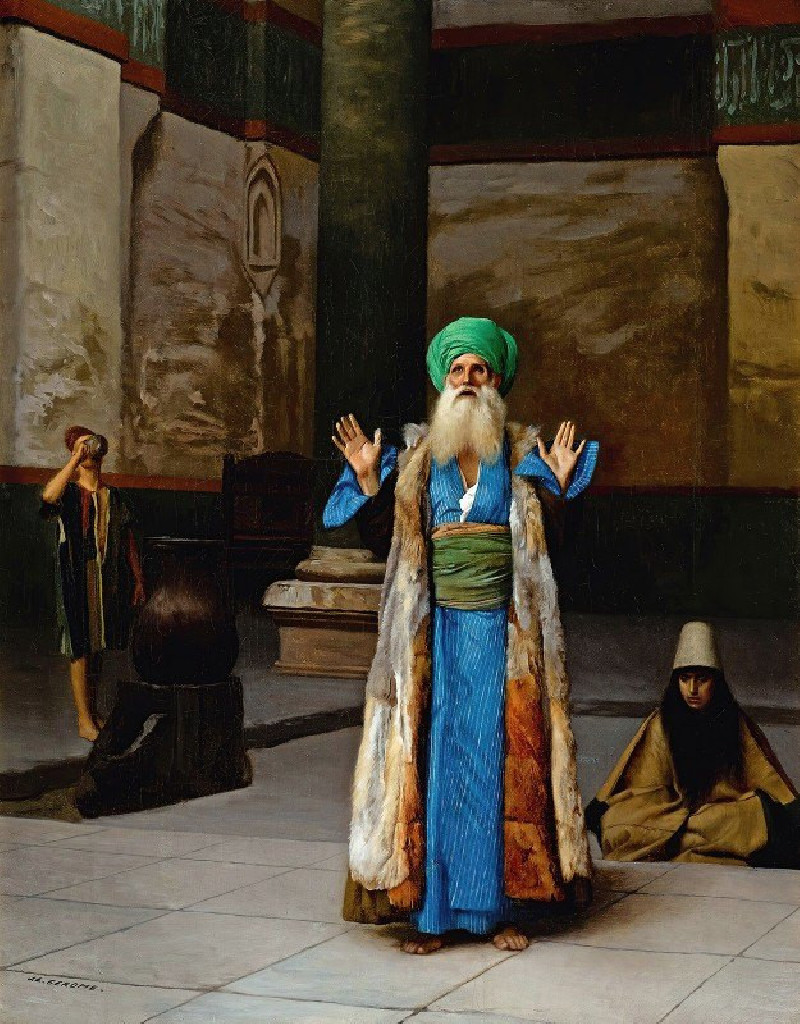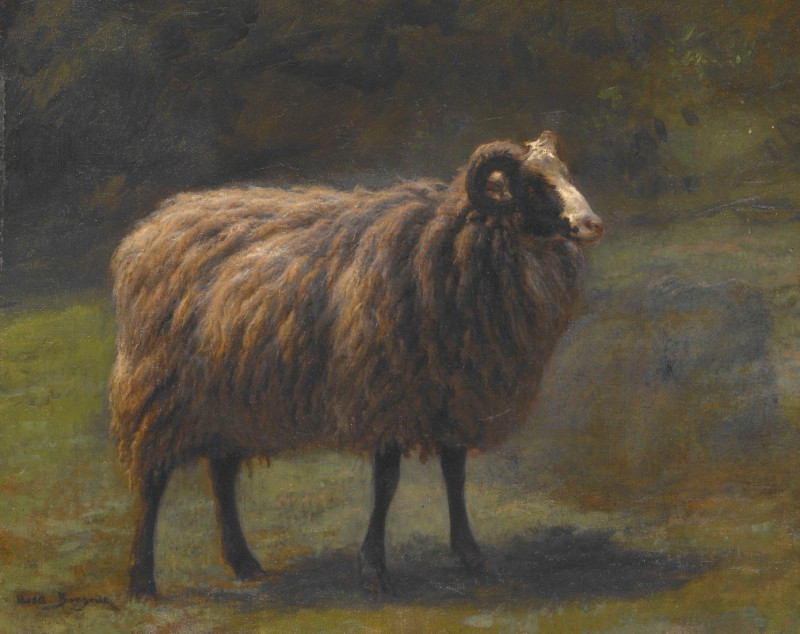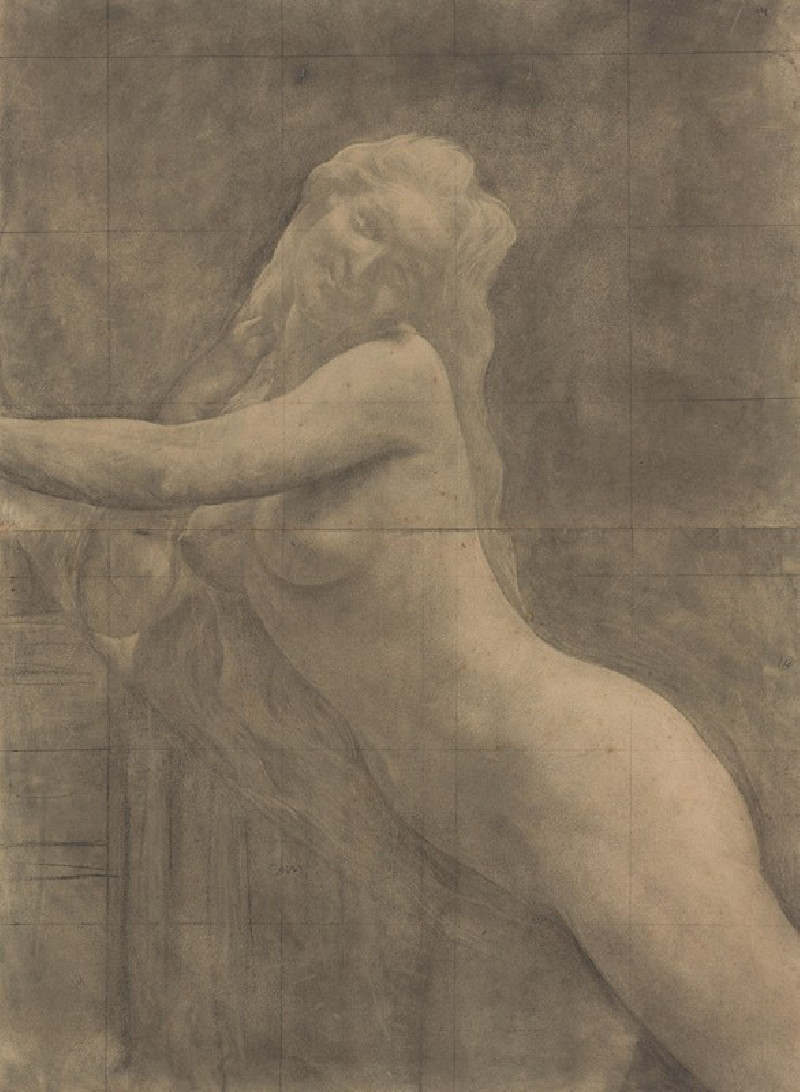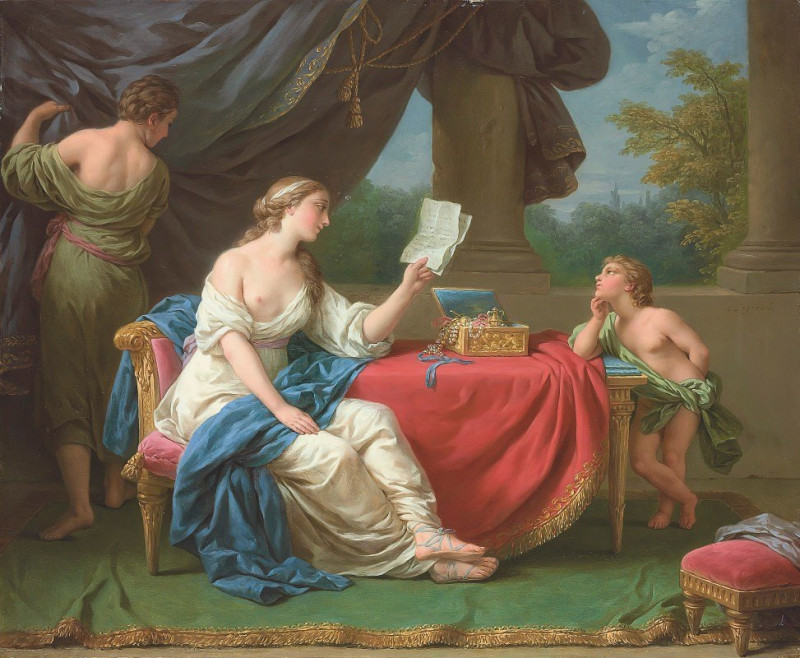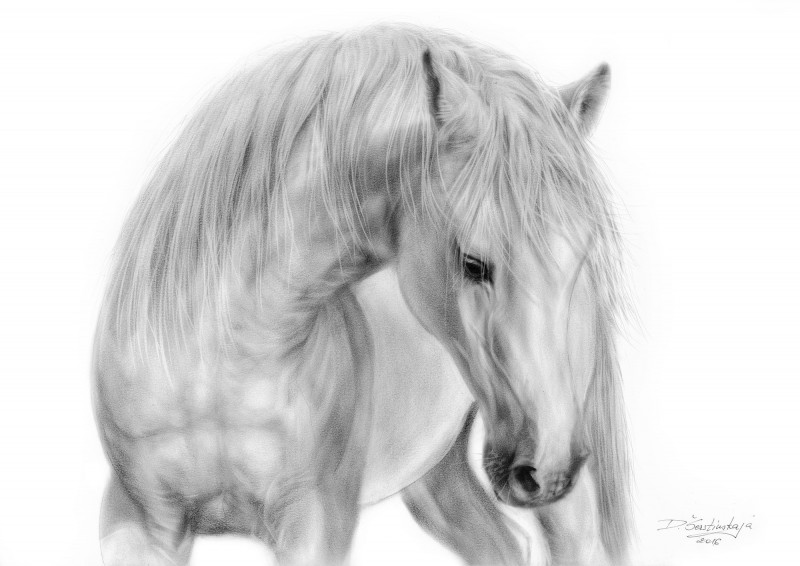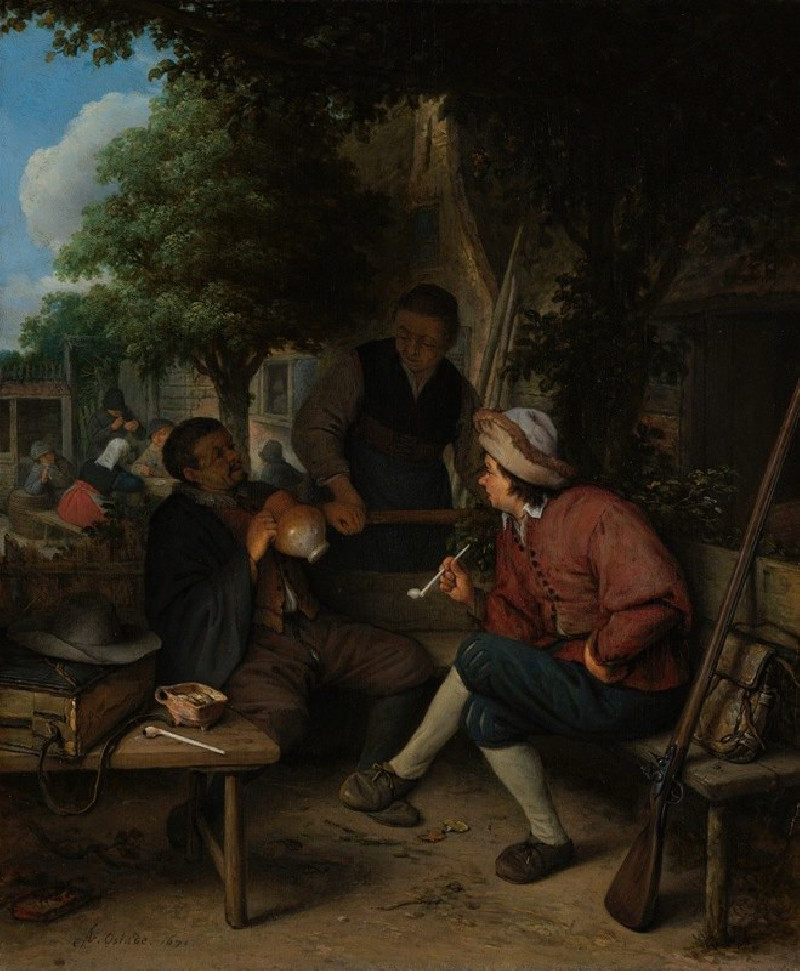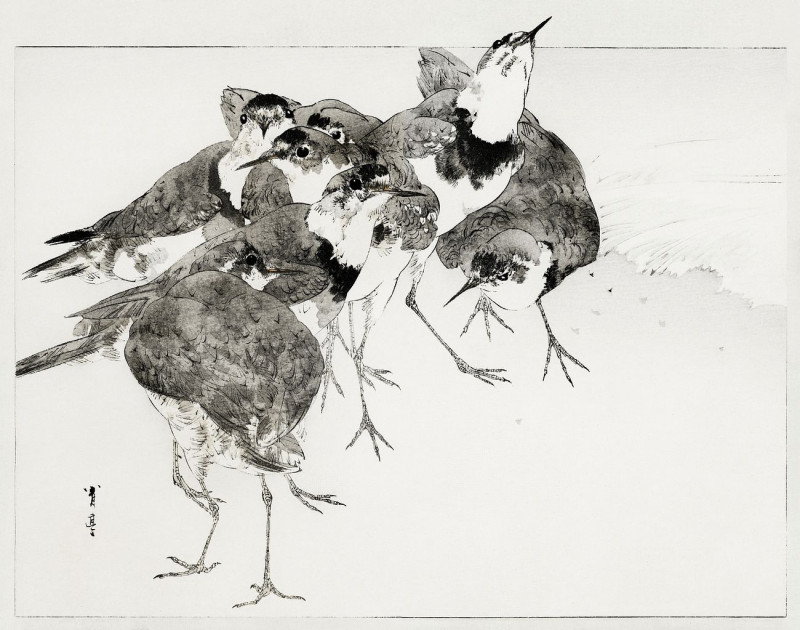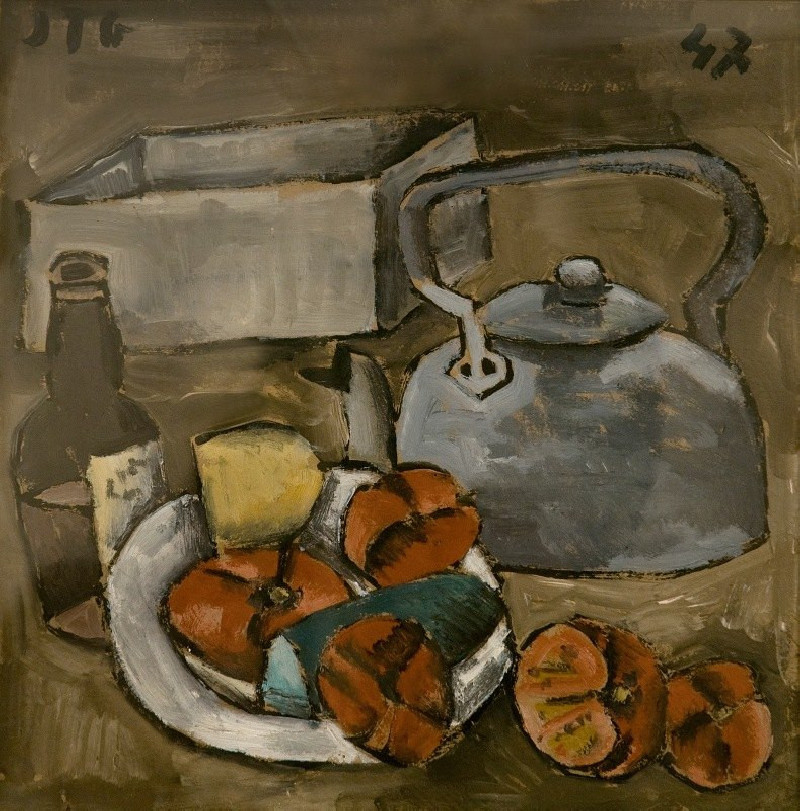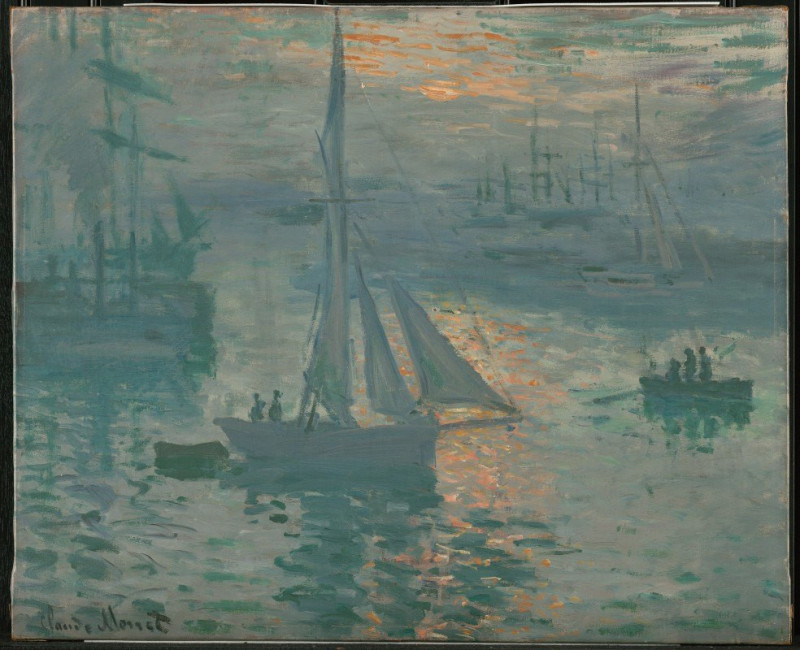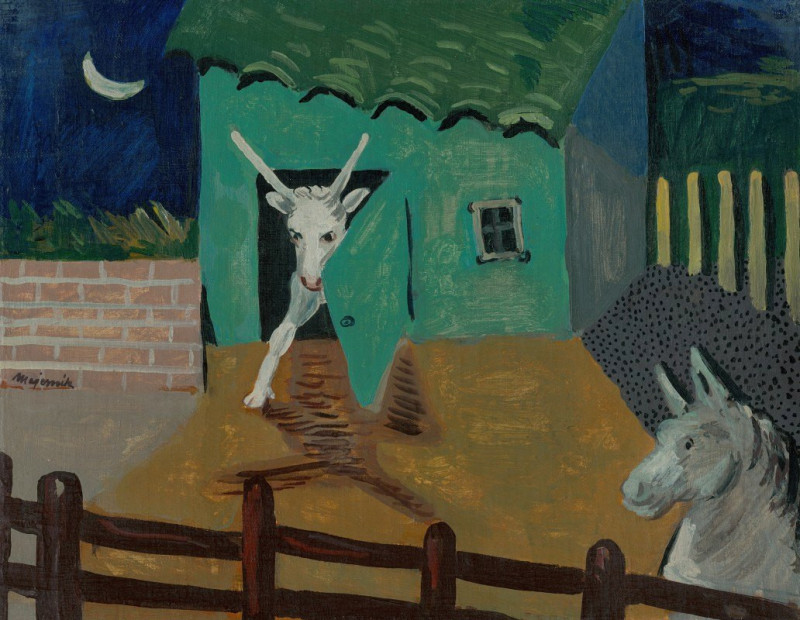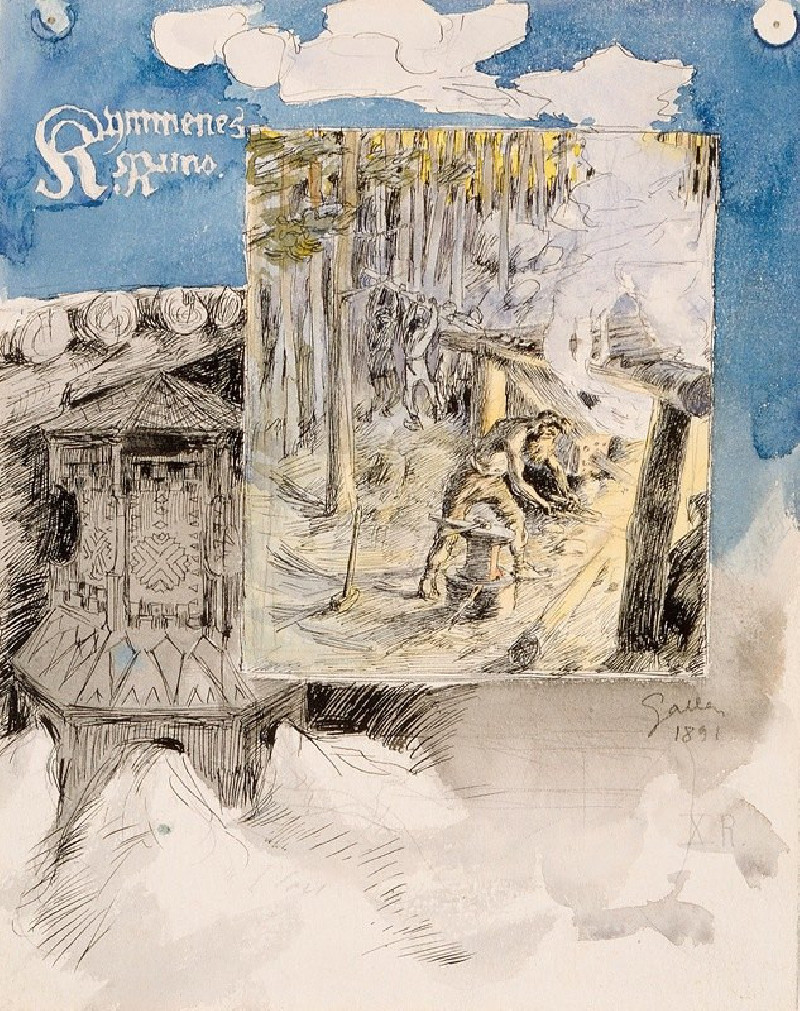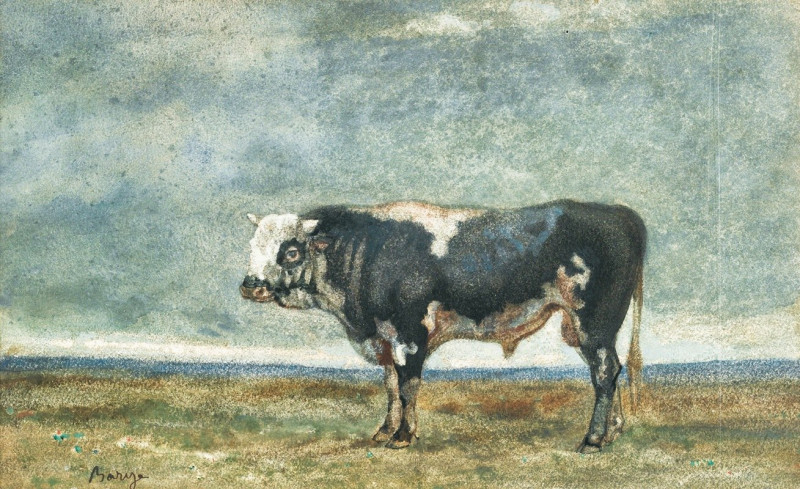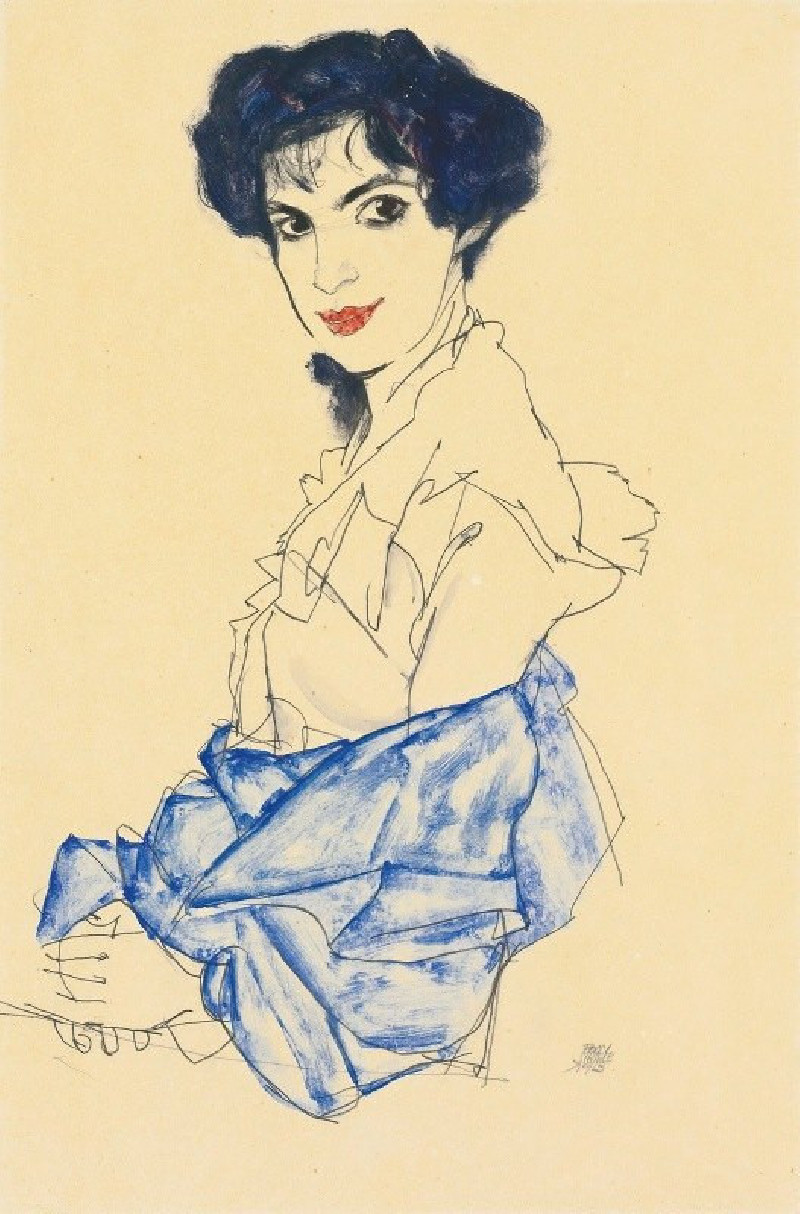‘Gaswerk’ im Mondlicht (around 1935)
Technique: Giclée quality print
Recommended by our customers
More about this artwork
This evocative piece by Karl Wiener, painted around 1935, captures the industrial environment of a gasworks under the enchanting glow of moonlight. The artwork presents a moody and atmospheric scene where tall chimneys and structured buildings form a complex against the night sky. Dominating the composition, a luminescent, oversized moon radiates a warm, intense yellow, contrasting starkly with the deep blues and grays of the industrial setting.The painting skillfully employs chiaroscuro to emphasize light and shadow, highlighting the luminous windows and the billowing smoke that emerges from the stacks. This smoke adds a dynamic element, weaving through the air and partially obscuring the structures behind it. The reflection of moonlight and industrial lights on what appears to be a body of water in the foreground enhances the painting's mysterious and slightly somber tone.Karl Wiener’s "Gaswerk im Mondlicht" articulates a moment of industrial activity enveloped in natural beauty, reflecting a juxtaposition between human achievement and the sublime power of nature.

